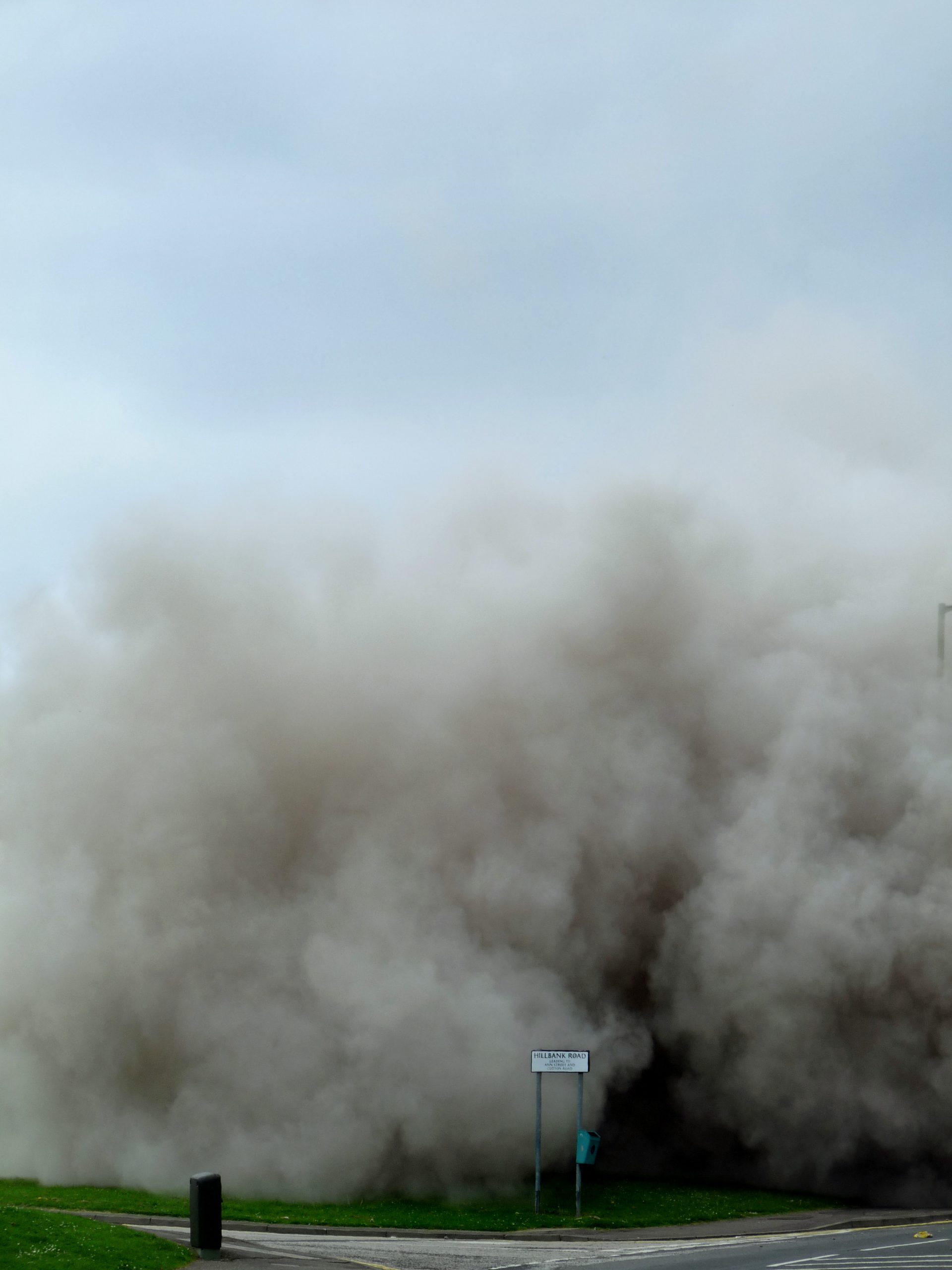Regeneration. A word that has become synonymous with Dundee. Dundee Waterfront, where we see one of the most striking transformations, is one of the largest active regeneration projects in the UK, covering five key zones along an eight kilometre stretch of Dundee’s waterfront. That eight kilometres is all very well but what about the rest of the city and its diverse communities? Back in 2011, Pure Media UK (now Front Lounge) embarked on a project to capture the stories and voices of Dundee’s Hilltown, where our charity began and remains to this day. 2011 was a pivotal time for Hilltown. Signalling the end of an era, four 1960s multi-storey blocks, comprising 440 homes, would come crashing down that summer. So, with huge change ahead, ‘Changing Faces of Hilltown’ sought to create a visual and oral record of Hilltown as it was and will be.
So, with huge change ahead, ‘Changing Faces of Hilltown’ sought to create a visual and oral record of Hilltown as it was and will be. Captured and recorded by young people, many emerging artists and musicians, the project aimed to immerse itself in the community, not just scratch the surface, ensuring a creative dialogue between the generations, different ethnic communities and social groups. Our hope? That, once the dust had (literally) settled, a shared vision of the future would be realised.
So how did it work in practice?
Funded by the Heritage Lottery Fund and Dundee Regeneration Fund, we formed a team of volunteers, hungry for stories and content, who set off on a mission. They left no stone unturned, working with schools, local partners and, crucially, the multi-cultural hub living and working on Hilltown, some spending their final days in the multis before their demolition. With both heartwarming and soul-destroying stories gathered from the Asian, Chinese, African, East European and indigenous communities, we celebrated the stories of the characters proud to share their experiences alongside the more reticent, quiet, yet equally important voices.

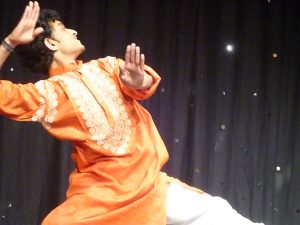
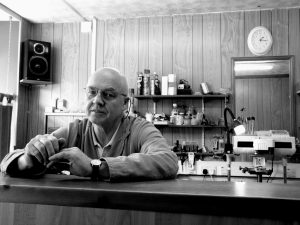
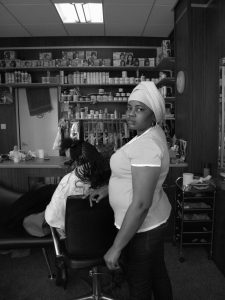
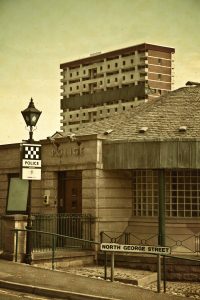
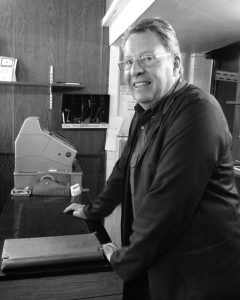
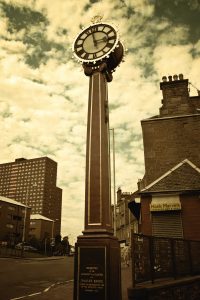
Despite the rich cultural tapestry of Hilltown, we heard about the loss of community, the closure of shops, and the feeling of disconnection. But most of all? We documented hope for the future of Hilltown and the children growing up here.
Needless to say, the content we captured had to be bottled – this was the lifeblood of Hilltown.
We went on to share and showcase our findings through exhibitions, school holiday clubs, performances, the Festival of Light and, most notably, the book and accompanying film ‘Changing Faces of Hilltown: Scuse Me … When Were The Multis Knocked Down?’ The appetite for the book was insatiable – we ran out in three days and still get inquiries today!
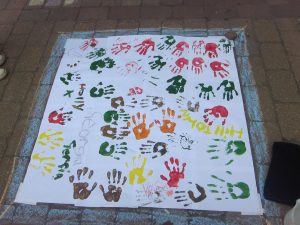
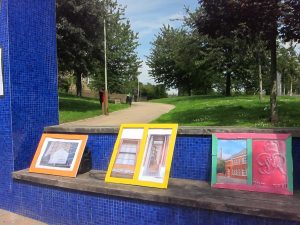
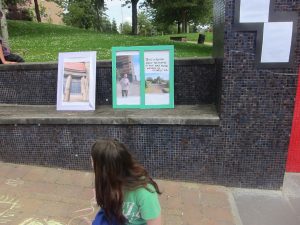

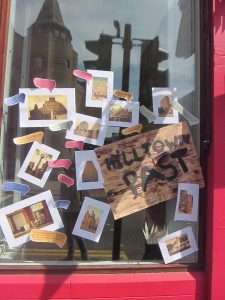

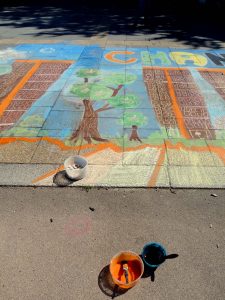
So, twelve years on, where are we now?
For us, the answer to that is far from black and white. While the area’s socio-economic struggles remain, with ongoing, visible challenges around unemployment, crime and drug and alcohol abuse, we’d argue that Hilltown’s sense of community has strengthened, thoughts echoed by Elaine Pratt, Communities Officer, Dundee City Council.
Elaine, whose office stands on the site of the former multi-storey complex on Alexander Street, said, “I remember Changing Faces of Hilltown project well, and its timing alongside the multis coming down. No-one wanted to live in the multis anymore so things had to change. People deserve good and safe housing, but there’s often resistance to that change and a lot of emotion around it. But that’s when people speak up and, in many ways, when the community comes together. The project illustrated how people felt and allowed them to creatively demonstrate what they’ve gone through and continue to go through.
“I think Hilltown is even more diverse now than it was then. We have so many different nationalities and cultures, and they’re living amongst each other, making friends and working together. Like so many other parts of the city, and other cities, there are huge challenges here but Hilltown is a strong and resilient community too.
“We run so many activities from our community centre. People from all different nationalities come and work in our garden, we also have Ukrainians coming to cook while their children are making friends at the local schools. There’s also everything from Zumba and yoga to arts and crafts, a community café, larder and groups focusing on music and photography, car boot sales and picnics. These activities are thriving and it’s lovely when people come along and share their stories of old Dundee with those who have relocated here. People are fascinated by the local history. While regeneration is crucial, we mustn’t forget these stories and that’s why projects like Changing Faces of Hilltown are so valuable.”
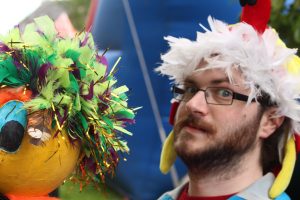
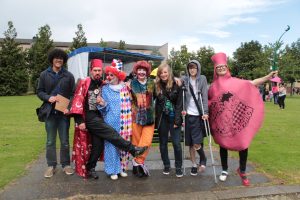
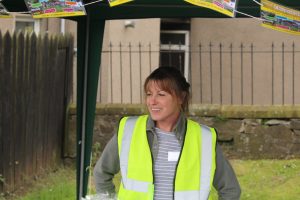
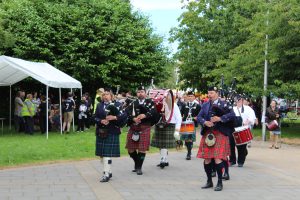


Meanwhile, Layla Brown, who was Creative Director with Pure Media UK at that time, recalls the project as a ‘special and highly creative time’.
Now living in London, Layla said, “It’s so important for cities, especially those undergoing massive regeneration, to chat with those who built the communities in the first place, the first-generation communities.
“Changing Faces of Hilltown achieved that brilliantly by using creative arts – in my view, the best way to encourage people to share and open up. It was important that we had all these outputs, like the exhibitions, book and film, as it allowed us to build relationships with the locals. Inviting such a diverse group of people of many nationalities and cultures and seeing what we’d produced with their words built a strong sense of pride. You can have all the reports in the world, but creative output like pictures, films and books are so accessible – creating a time capsule people can revisit again and again. Everyone can identify with them, enjoy them and be moved by the emotions within them.”
As we reflect on the changes within a city, we shouldn’t just reflect on the stats and the measurables. We need to shine a light on the real lives within that community, the individuals and families living through that change. We must listen to them, document what they say, and learn from them. Only then can we plan a brighter and more sustainable future.


